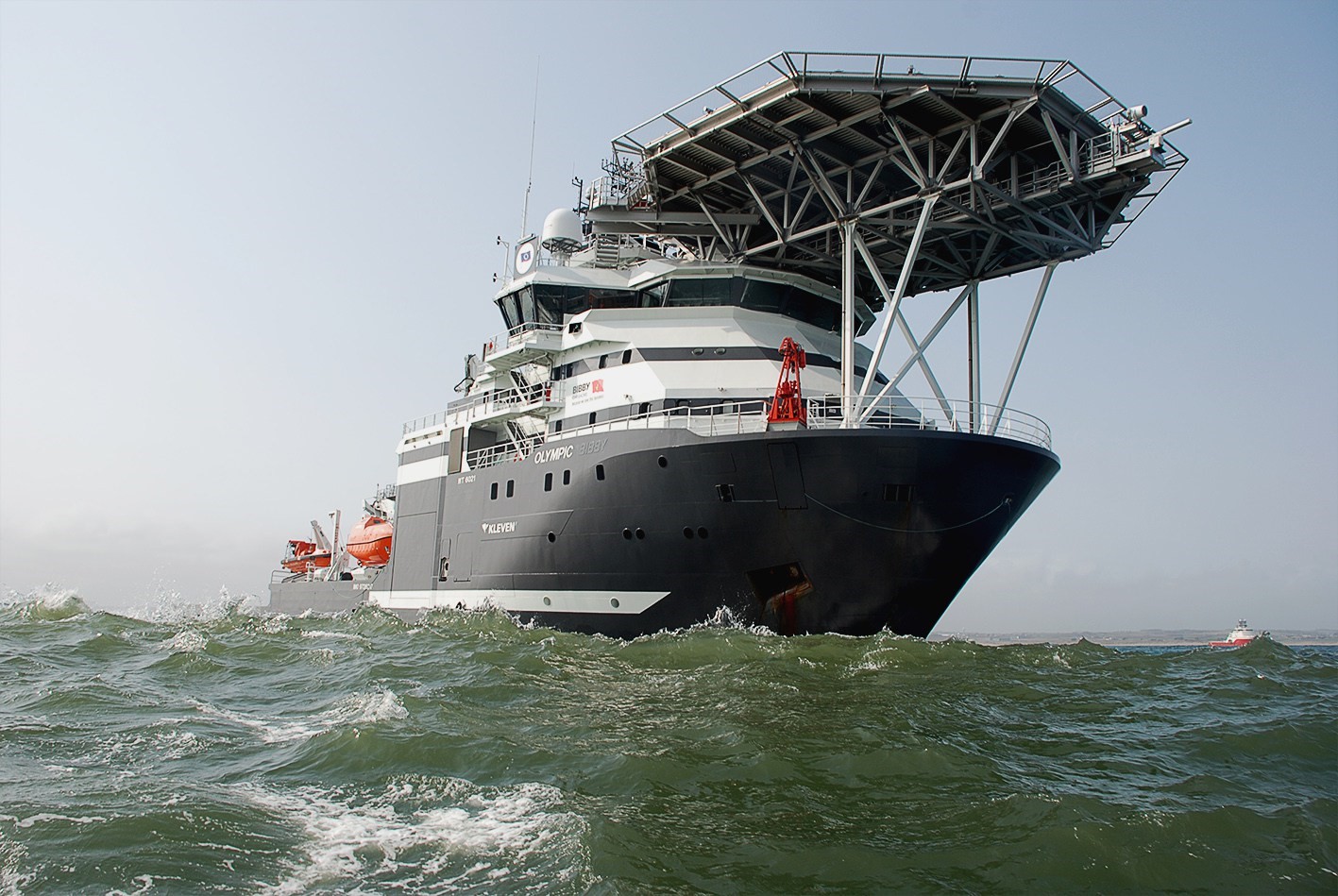

When owners and operators from the shipping industry are largely looking for effective measures to reduce the increasing cost pressure, DNV GL has developed the first type approval scheme for the use of ship aluminium cables and connectors.

The use of aluminium cables were under evaluation for the past three years in a multi-purpose offshore support vessel. Recently, DNV GL experts, together with representatives from the cable manufacturer Amo Specialkabel AB, checked those cables with a thermographic camera for more than 11,000 operating hours and then granted the approval.
Traditionally, copper used to be the key metal for power cables for marine use. But of late, aluminium is replacing the use of copper, owing to its ability to reduce one-third of electricity consumption. Moreover, the use of aluminium for power cables will save cost as it is inexpensive compared to copper.
Ivar Bull, DNV GL-Maritime explains, “Copper is an ideal electrical conductor of course, but the price of copper has been rising sharply over the last several decades – putting increasing cost pressures on the maritime industry. At the same time, electric propulsion is becoming more widespread in shipping, which will increase the demand and importance of finding more economical power cables.”
DNV GL’s new type approvals for aluminium cables and connectors in place of copper is expected to cut a significant cost involved in the maritime industry, approximately one-third of copper.
Moreover, because of the lightweight of aluminium, the total cables and connectors weight in a typical offshore support vessel would come down to 30 tonnes from 60 tonnes of copper cables. Light cables also help in easier installation for the ship builder and lower material transport costs.



Responses






